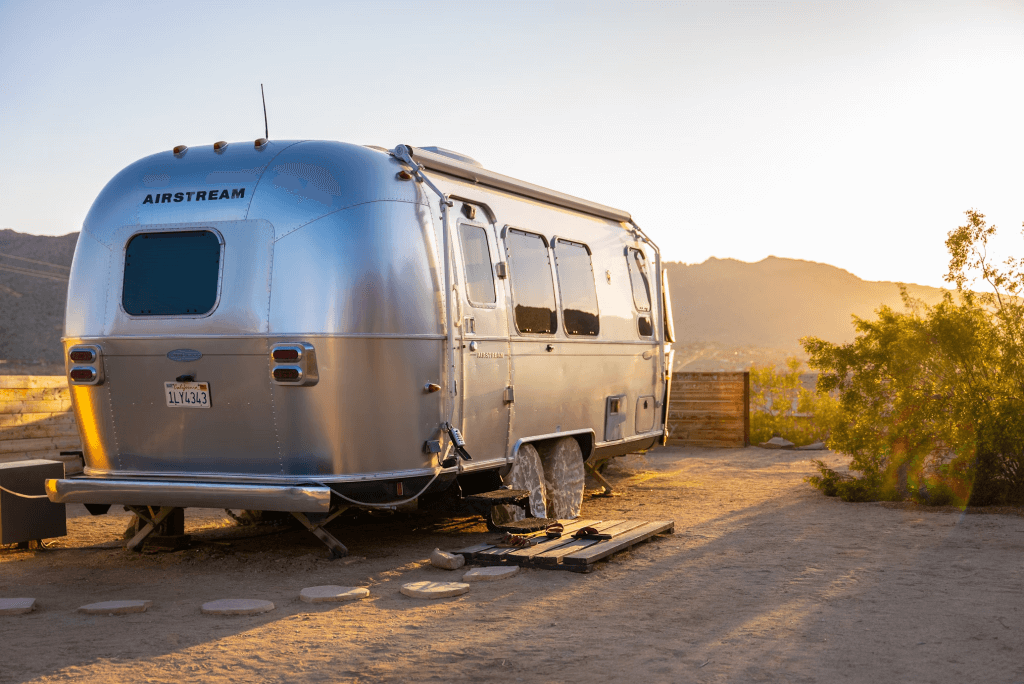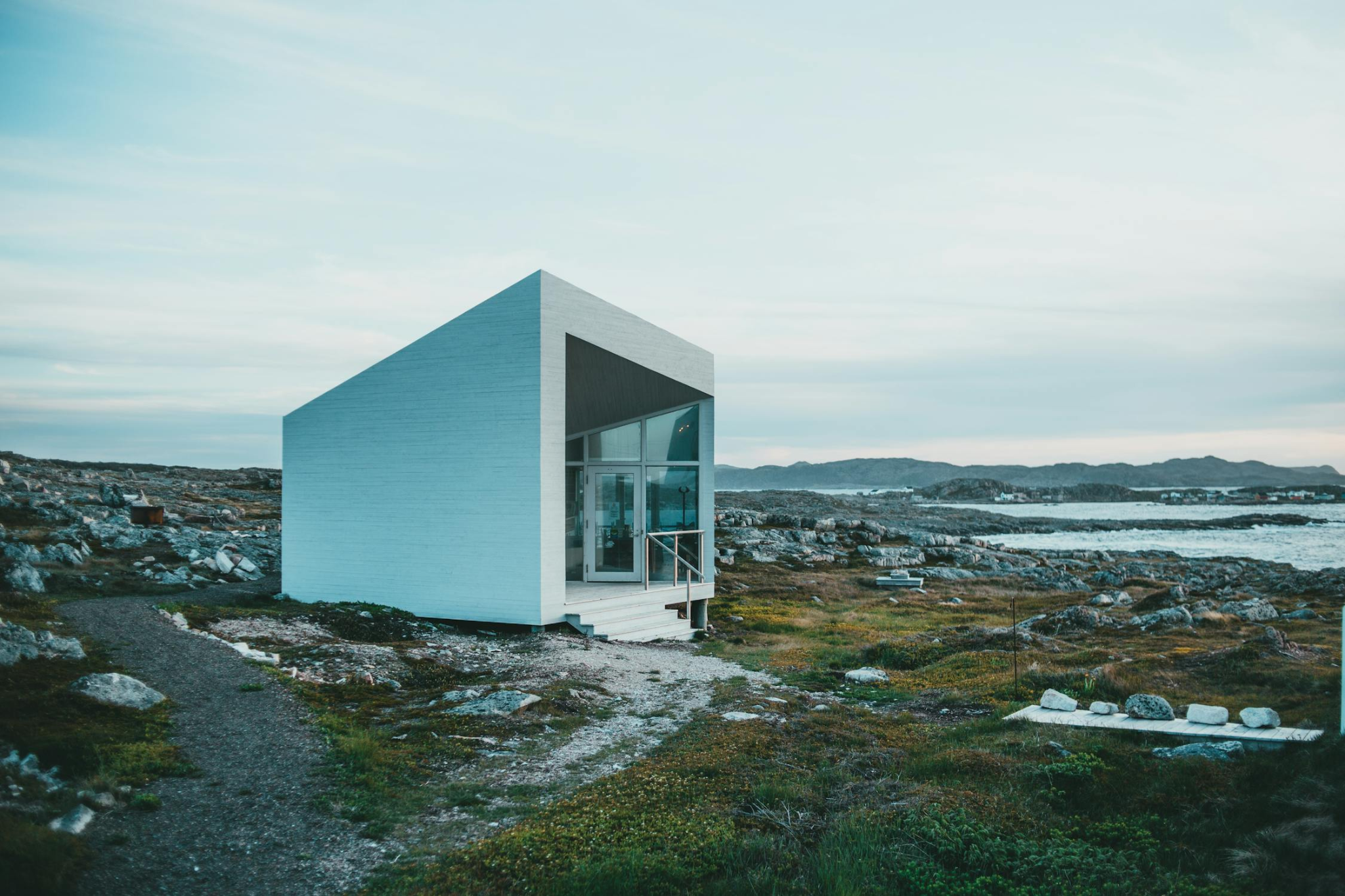Flexibility and Mobility
Tiny homes are often designed with mobility in mind. Many are built on trailers, offering a tiny home on wheels, allowing them to be easily transported from one location to another. This flexibility appeals to those who value adventure and travel but still want the comfort of a permanent home.
Additionally, the compact size of tiny homes makes them ideal for urban living, where space is at a premium. This versatility is a testament to the ingenuity of tiny home architects, who have found innovative ways to make small spaces feel spacious and inviting.
Efficient Use of Space
One of the most striking aspects of tiny home architecture is its efficient use of space. Every square inch is thoughtfully designed to serve multiple purposes. For instance, a dining table might double as a workspace or fold away to create more room.
This approach not only maximizes the functionality of the home but also encourages a minimalist lifestyle. By challenging the traditional notion of what a home should be, tiny home architecture encourages creative thinking and problem-solving.
Sustainable Design
Another key aspect of tiny home architecture is its focus on sustainability. Many tiny homes are built with eco-friendly materials, such as reclaimed wood or recycled steel. Additionally, their small size means they require fewer resources to construct and maintain.
This emphasis on sustainability is not only beneficial for the environment but also for the homeowner’s wallet. By reducing energy and water consumption, tiny homes can lead to significant cost savings over time.
Embracing Nature
Tiny home architecture often emphasizes a connection to nature. Large windows and skylights are common features, allowing natural light to flood the space and providing stunning views of the surrounding landscape. Some tiny homes even incorporate outdoor spaces, such as rooftop gardens or decks, further blurring the lines between indoor and outdoor living. This emphasis on nature not only enhances the aesthetic appeal of tiny homes but also promotes a sense of well-being and tranquility.
- Natural Light: Large windows and skylights allow ample natural light to enter the space, reducing the need for artificial lighting and creating a warm, inviting atmosphere.
- Stunning Views: The strategic placement of windows and outdoor spaces provides residents with breathtaking views of the surrounding landscape, connecting them to the natural world.
- Well-being and Tranquility: The presence of nature and natural light has been shown to have a positive impact on mental and physical well-being, promoting relaxation and a sense of tranquility.
Customization and Personalization
One of the most appealing aspects of tiny home architecture is the opportunity for customization and personalization. Since these homes are typically built on a smaller scale, homeowners have more flexibility to design the space to suit their needs and preferences.
This can include everything from choosing the layout and materials to incorporating unique features like built-in storage solutions or multi-functional furniture. The ability to personalize a tiny home allows homeowners to create a space that truly reflects their lifestyle and personality.
Community and Connection
Tiny home communities are becoming increasingly popular, offering residents a sense of community and connection that can be lacking in traditional neighborhoods. These communities often feature shared amenities such as gardens, communal spaces, and social activities, fostering a strong sense of camaraderie among residents.
Living in a tiny home community allows individuals to form meaningful connections with like-minded people who share their values and interests, creating a supportive and vibrant community.
Financial Freedom
Tiny homes offer the opportunity for financial freedom and independence. With lower construction costs and reduced maintenance expenses, tiny homes are often more affordable than traditional houses. This financial freedom allows homeowners to invest in other areas of their lives, such as travel, education, or starting a business.
Additionally, the smaller footprint of tiny homes means lower utility bills and a reduced environmental impact, further contributing to long-term financial savings and sustainability.

Tiny home architecture offers a myriad of benefits, from efficient use of space and sustainability to flexibility and financial freedom. By challenging conventional notions of housing and embracing creativity and innovation, tiny homes provide a unique and rewarding living experience.
Whether you’re considering downsizing or simply curious about this architectural trend, exploring the beauty of tiny home architecture is sure to be an enlightening and inspiring journey.

